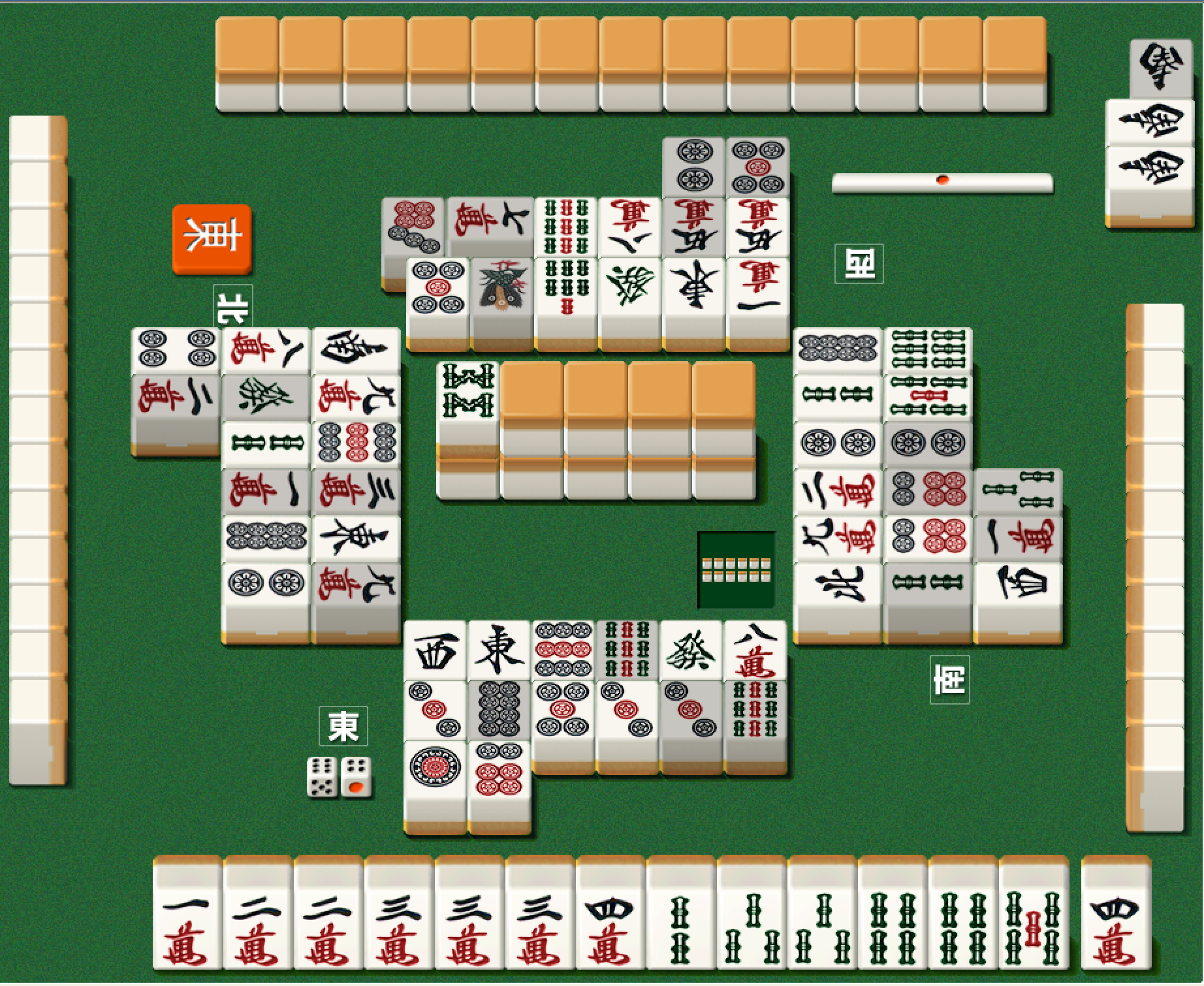Review: Best Balance Mahjong
Written by one of the first gen M-leaguers, Matsumoto-pro of Kyokai, Best Balance was published this year. Matsumoto-pro is one of the most popular professionals in Japan and it is an accolade well-deserved with his wonderful personality.
I was super lucky to meet him at an M-league event and he was really kind and exudes that enthusiasm of someone who truly loves the mahjong community and its players. He’s been in the first generation of m-league players as part of the Shibuya Abemas team.
I picked up his book because i wanted to absorb some of his pure awesome.
The cover itself demonstrates the sea change M League has had on the Japanese mahjong world. Matsumoto-pro is in his team uniform with a picture of his boss in the left corner. He’s frowning because i guess this is “serious”(TM) mahjong but he smiles a lot in real life. His M-league boss is there in the corner, too. (Side note: What is this cross armed look? It reminds me of angry people. And is there a difference between resting the hand on your arm versus tucking it under?)
This is a text heavy book and I haven’t managed to get through it all yet. There is a lot of strategy in it, but what he doesn’t shy away from is “mahjong philosophy.” Something that I personally believe is an important foundation for your theory if you’re to keep your mental state balanced during the inevitable tests that mahjong throws at us.
He defines at the very beginning what you need to understand before you can get into the strategy and this is all “philosophy” about the game.
Here is a short translation from page 18.
—-
(4) Devote yourself
I believe this is the most important thing if you want to improve your mahjong, and you need to make time for it to devote yourself to the game. No matter what knowledge you learn from bookreading, there is a big difference between understanding and actually being able to apply that in a real game. Even if you’re making lots of mistakes in you games, the essential thing is to play lots with devotion while being aware of your “purpose (=conditions for winning)”.
(5) Don’t be a prisoner to rigid thinking
Not so long ago, the theory went that you should wait to make a two-side (ryanmen) wait out of an inside wait (kanchan) before calling riichi, and even if you had a dora, instant riichi with an inside wait is clumsy play. Modern theory says that if you have one dora or more, you should instant riichi if there are no other riichi calls even with an inside wait.
The important thing here is not to focus in on the rule. You need to understand the actual meaning of the strategy, and your choices will change according to the priorities at that moment. Your everyday strategy will change and while everyone is insta-calling a riichi on an inside wait, this could be a chance for you to develop a new strategy against it. What you shouldn’t be is a prisoner to a rigid rule that states in this situation you do this.
—-
This impressed upon me how much a lot of the players I know in the West are guilty of rigid thinking. Or rather, they use their rigid thinking to belittle other players: “The stats demonstrate this so you should definitely do this.” The truth is mahjong is a game of four people and people are inconstant and not dictated to by maths. When everyone is playing one way, we should find a new way.
This type of “mahjong philosophy” is what underpins his mahjong strategy discussion. As I said, I haven’t read all of the book so maybe I’ll update this review or make another post when I’ve completed the book. I would recommend it if you want a more nuanced take on the game.
TLDR Review
Pictures: Minimal
Text: Heavy - Strong Japanese knowledge required



